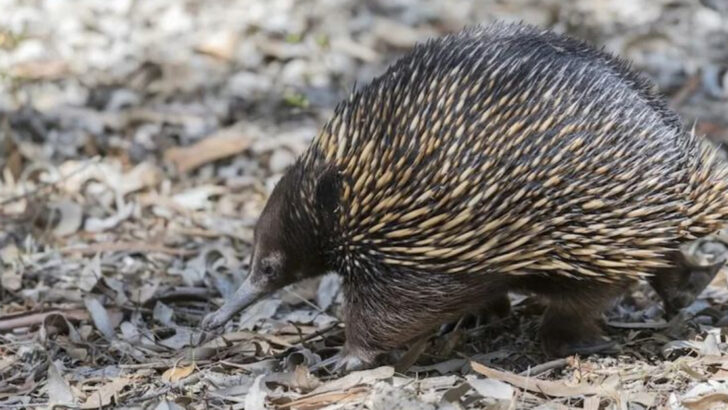We thought it was gone forever. Sixty years. Not a single sighting. Then, on the very last day of an expedition deep in the Indonesian jungle, a camera trap snapped a photo—blurry, strange, unmistakable. The creature was real. Still alive. Still clinging to its corner of the Earth. It’s called Attenborough’s long-beaked echidna—a spiny, egg-laying mammal that looks like a cross between a porcupine, an anteater, and something from a dream. Scientists had almost given up hope. But this bizarre survivor just rewrote the ending.
Attenborough’s Long-Beaked Echidna
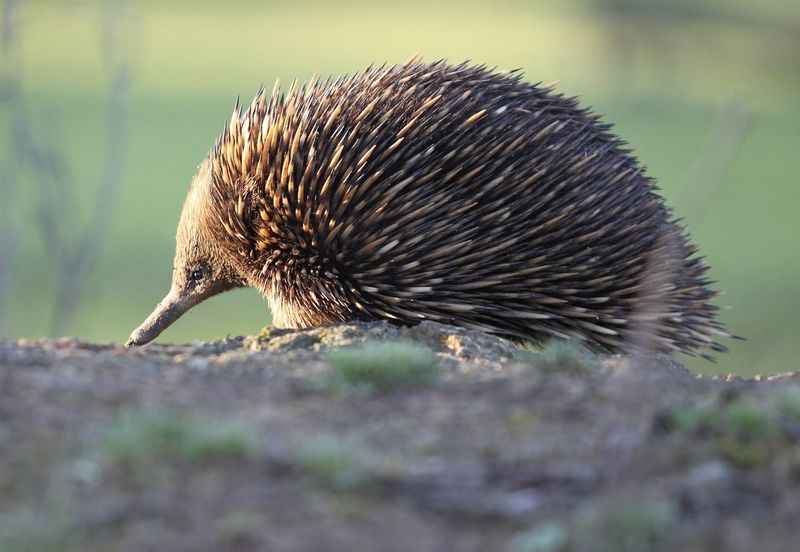
Ever seen a mammal that lays eggs? Meet Attenborough’s long-beaked echidna! This elusive creature, with its slender snout and spiky back, resembles something out of a fantasy tale. Rediscovered during an intense scientific expedition, it marks a significant conservation milestone. Imagine trekking over 11,000 meters with local guides to find this remarkable echidna. It’s not just about the search; it’s about understanding a guardian of ancient evolutionary history. Did you know? This echidna is one of only five monotremes alive today.
Expedition Challenges

Navigating the Cyclops Mountains is no small feat. The terrain is both awe-inspiring and unforgiving. Picture a team of dedicated scientists, each step a testament to their commitment. Over 80 cameras were strategically placed to capture the elusive echidna on film. It’s not just a physical journey but a mental one, requiring teamwork and resilience. Collaborating with local Papuan communities added a rich layer of cultural exchange, emphasizing trust and tradition.
The Science of Rediscovery
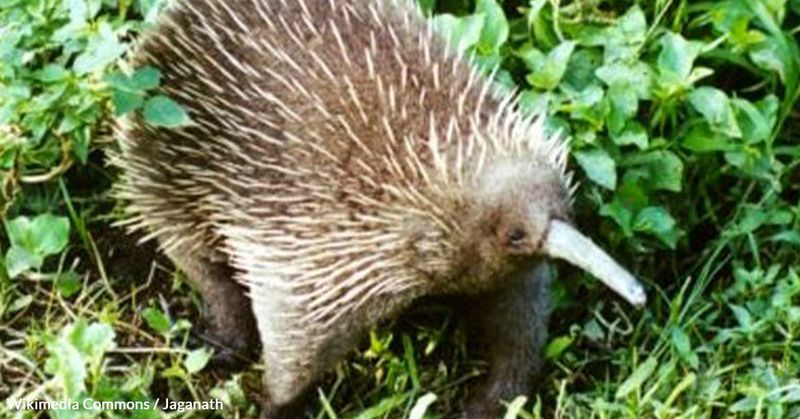
Rediscovery isn’t merely about finding a species; it’s about reigniting hope. Researchers meticulously analyzed thousands of images and data points, each piece a puzzle in understanding the echidna’s habits and habitat. This scientific endeavor highlights the need for conservation, reminding us of the ecological tapestry these creatures are a part of. Their presence indicates a healthy ecosystem. Fun fact: echidnas use electroreception to locate prey, a trait shared with the platypus.
Community Involvement
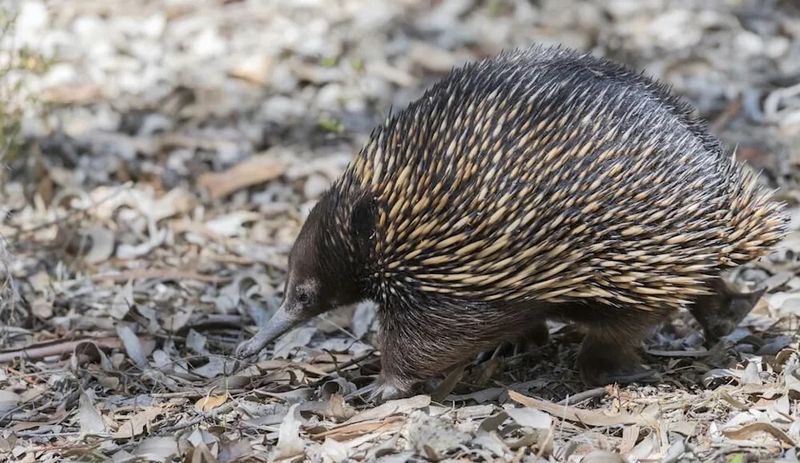
At the heart of this discovery is a profound collaboration between scientists and the indigenous Papuan communities. Their traditional knowledge and familiarity with the land were invaluable. Imagine the fusion of ancient wisdom with modern science, creating a blueprint for future conservation efforts. This partnership is a testament to the power of cooperative conservation, where local voices guide scientific curiosity. It’s a poignant reminder that safeguarding biodiversity requires global and local partnerships.
Conservation Impact
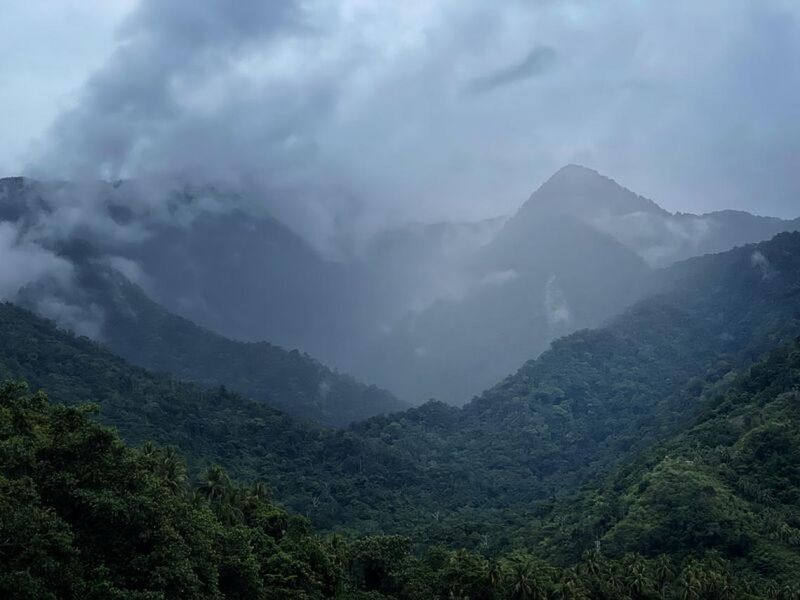
Beyond the headlines, this rediscovery serves as a beacon for conservation. It shines a light on the importance of preserving natural habitats, not just for the echidna but for countless other species. This success story emphasizes the urgent need to protect these environments amidst growing ecological threats. Did you know? The Cyclops Mountains are home to numerous unique species, many yet to be discovered. This discovery is a call to action, urging ongoing conservation efforts worldwide.

